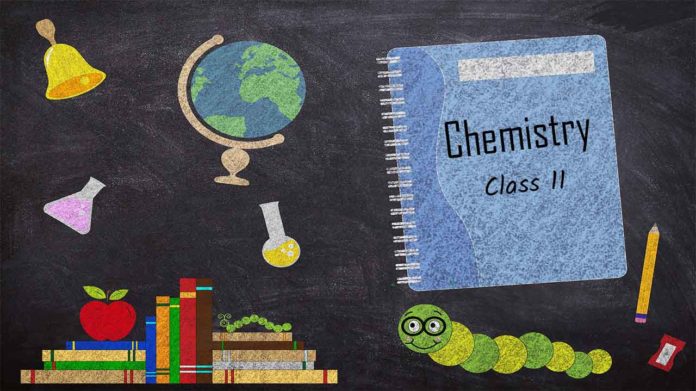
Ionic equilibrium is the study of equilibrium in the reactions where formation of ions take place in aqueous solution.
Electrolytes:
Substances which conduct electricity in their aqueous solution. It is classified on the basis of their strength into two categories:
Strong electrolytes:
Those electrolytes which easily break into ions and give almost complete dissociation.
E.g., HCl, NaOH, NaCl, HNO3, HClO4, H2SO4, CaCl2 etc.
Weak electrolytes:
Those electrolytes which dissociate partially. Eg. CH3COOH, NH4OH, HCN, H2C2O4, and all organic acids and bases etc.
Electrolytes can be further classified on the basis of the kind of compound they are:
- Acids
- Bases
- Salts
Acids:
Acids are the substances which turn blue litmus paper to red and liberate dihydrogen on reacting with some metals.
Bases:
Bases are the substances which turn red litmus paper blue. It is bitter in taste. Common Example: NaOH, Na2C03.

